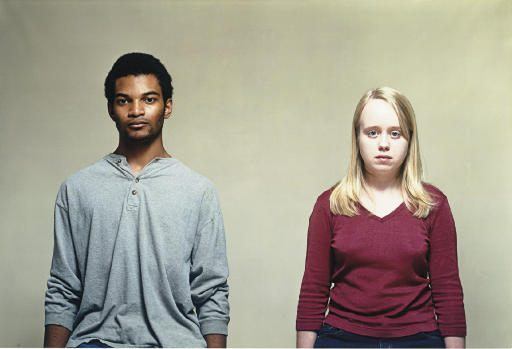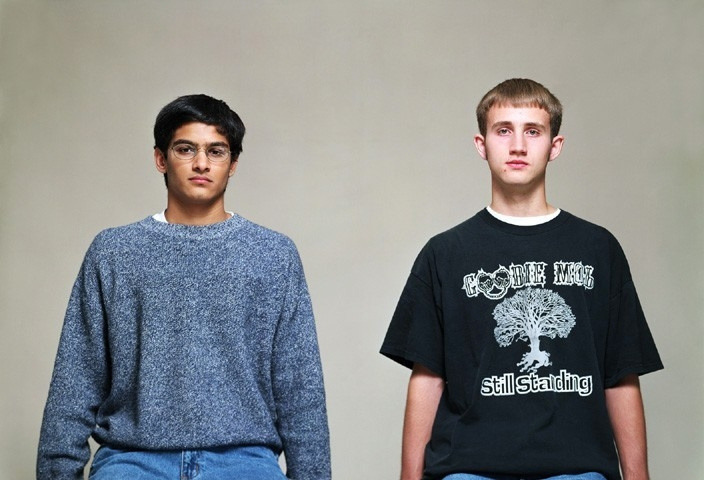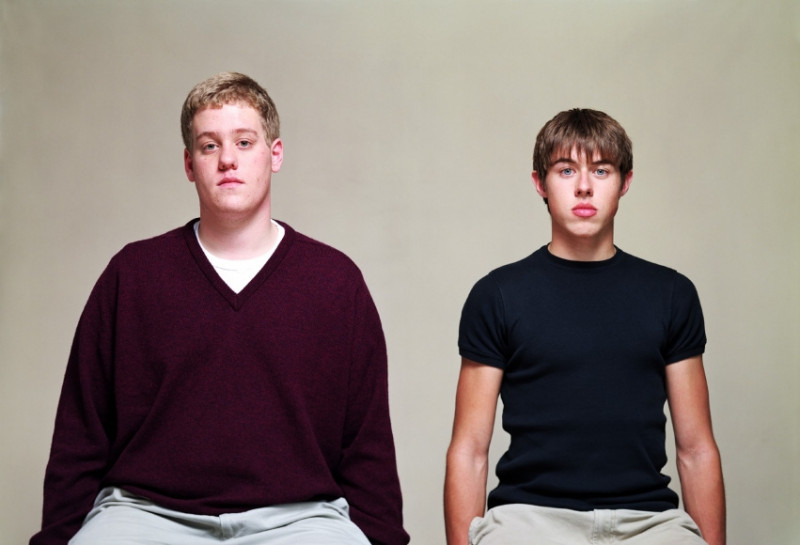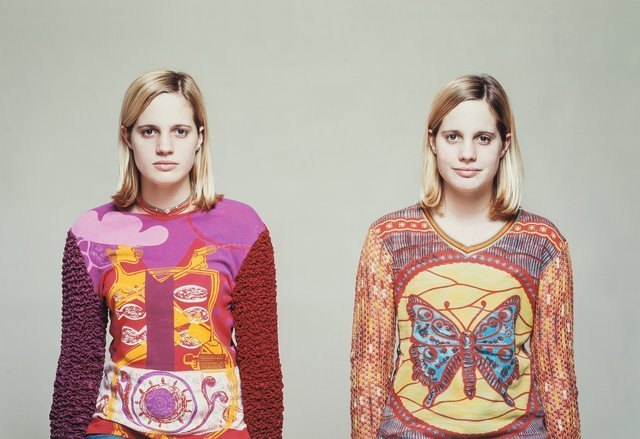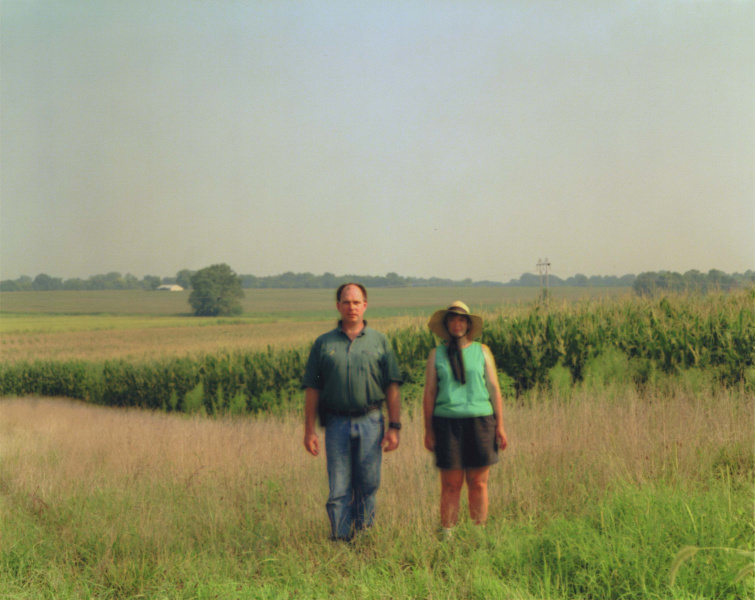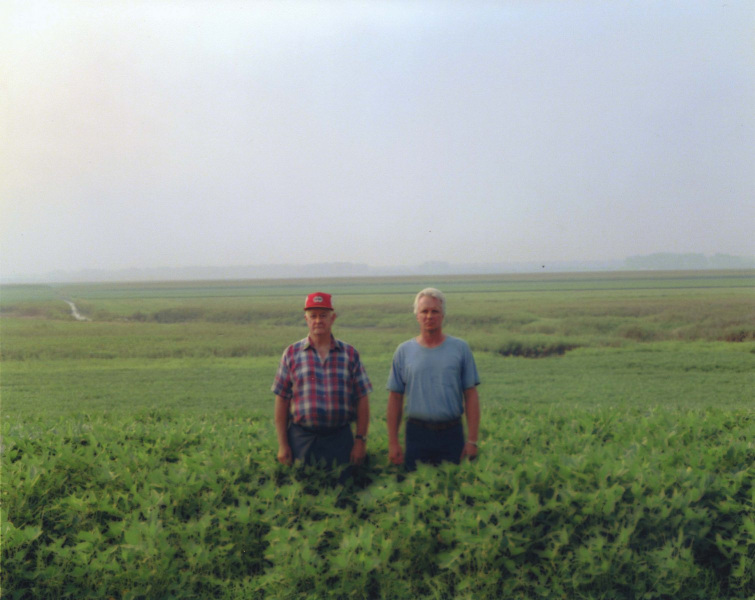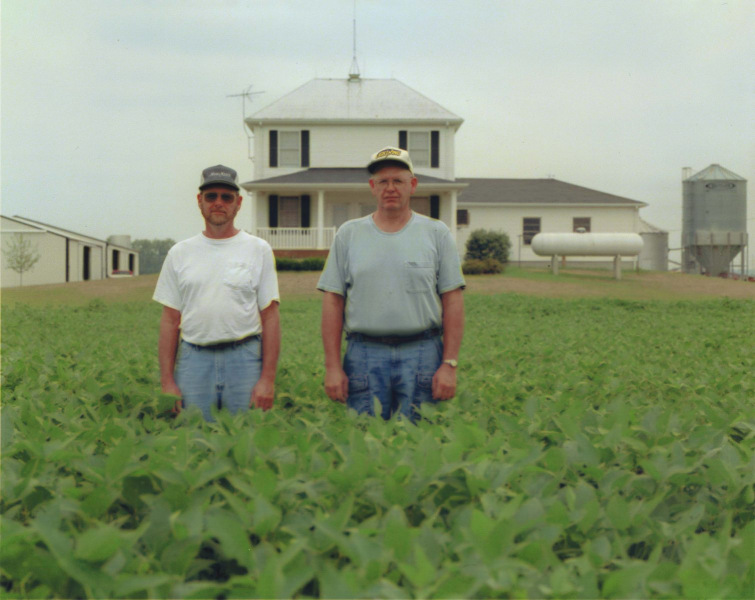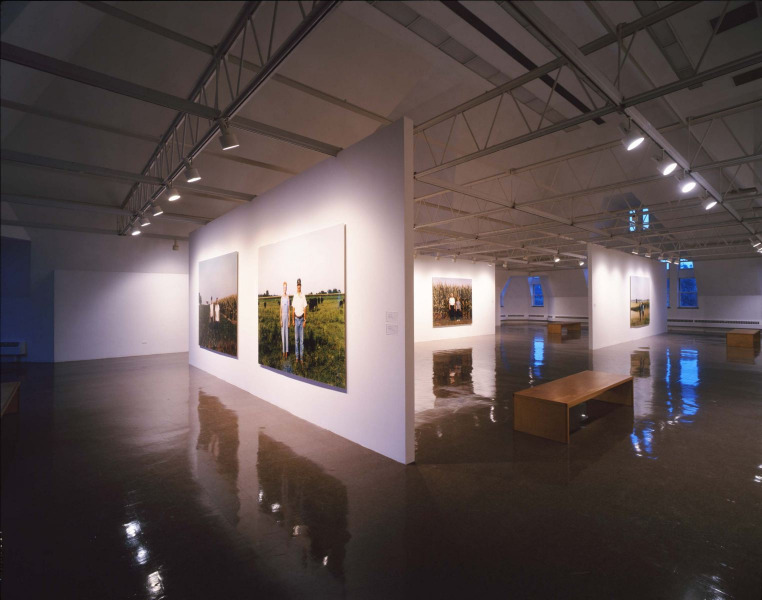Exercise 5.2: Homage
Exercise 5.2: Homage
Select an image by any photographer of your choice and take a photograph in response to it. You can respond in any way you like to the whole image or to just a part of it, but you must make explicit in your notes what it is that you’re responding to. Is it a stylistic device such as John Davies’ high viewpoint, or Chris Steele Perkins’ juxtapositions? Is it an idea, such as the decisive moment? Is it an approach, such as intention – creating a fully authored image rather than discovering the world through the viewfinder?
Add the original photograph together with your response to your learning log. Which of the three types of information discussed by Barrett provides the context in this case? Take your time over writing your response because you’ll submit the relevant part of your learning log as part of Assignment Five.
Background
The photographer I choose for this exercise is Julie Moos. Her work explores relationships, power, and opposites presented using a simple photographic device that positions the subjects side by side against a plain background.
In ‘Friend and Enemies’ she explored the relationships of students who are either best friends or worst enemies.
In ‘Monsanto’, the theme is generational. Here Moos photographs American farmers who cultivate their crops using Genetically Modified Organisms (GMO’s) manufactured by the Monsanto Company. She used the same photographic device of pairing her subjects side by side, and in the series what’s not shown is as important as what is. The Monsanto company casts an unseen shadow over the series.
In ‘Domestics’ she explores the relationships between employer and employee- well to do ladies from Birmingham Atlanta, photographed next to their black domestic help. The pairing of subjects with no distractions (or additional context) in the background forces the viewer to work out the relationship between them.
Friends & Enemies
I’ve responded to the simple and effective device Moos uses to present her subjects and compose her portraits- side by side, centred, against a neutral background, forcing the viewer to concentrate on the subjects, with no distractions as it were.
With just the subjects to focus on, I found myself looking for clues of character, or simply judging them by appearances, ethnicity, facial expressions or even hairstyle to work out who are friends, who are enemies. As I researched Julie Moos and ‘Friends and Enemies’ specifically (original context), I found out that the series was shot at a private high school in Moosâ home city of Birmingham, Alabama. She was exploring interpersonal relationships (she spent several months in and around the school, interviewing students 199-2000) and was done in the aftermath of the killings that had recently occurred at Columbine High School in Colorado. Within this context I found myself looking at the photos with a renewed intensity-what would the face of a potential killer look like? Are these friends…or enemies? How intense is their friendship or enmity?
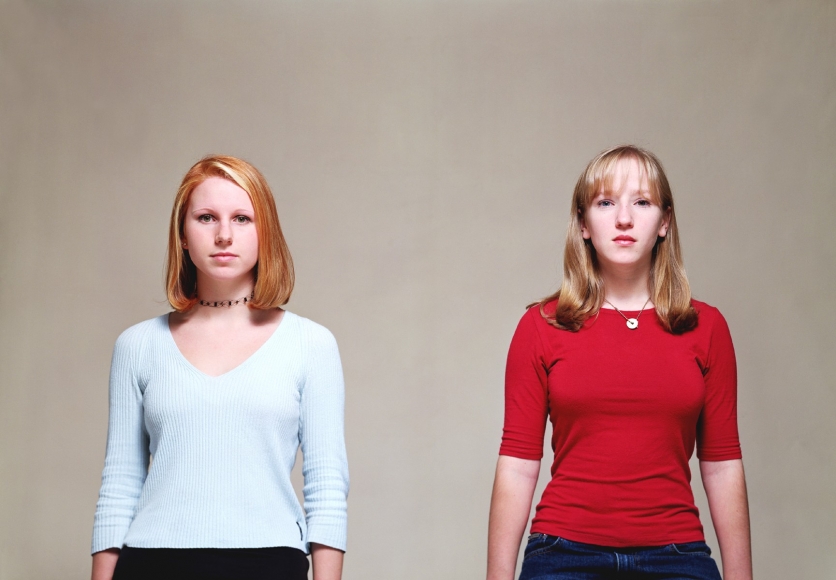
Good Day, Bad Day
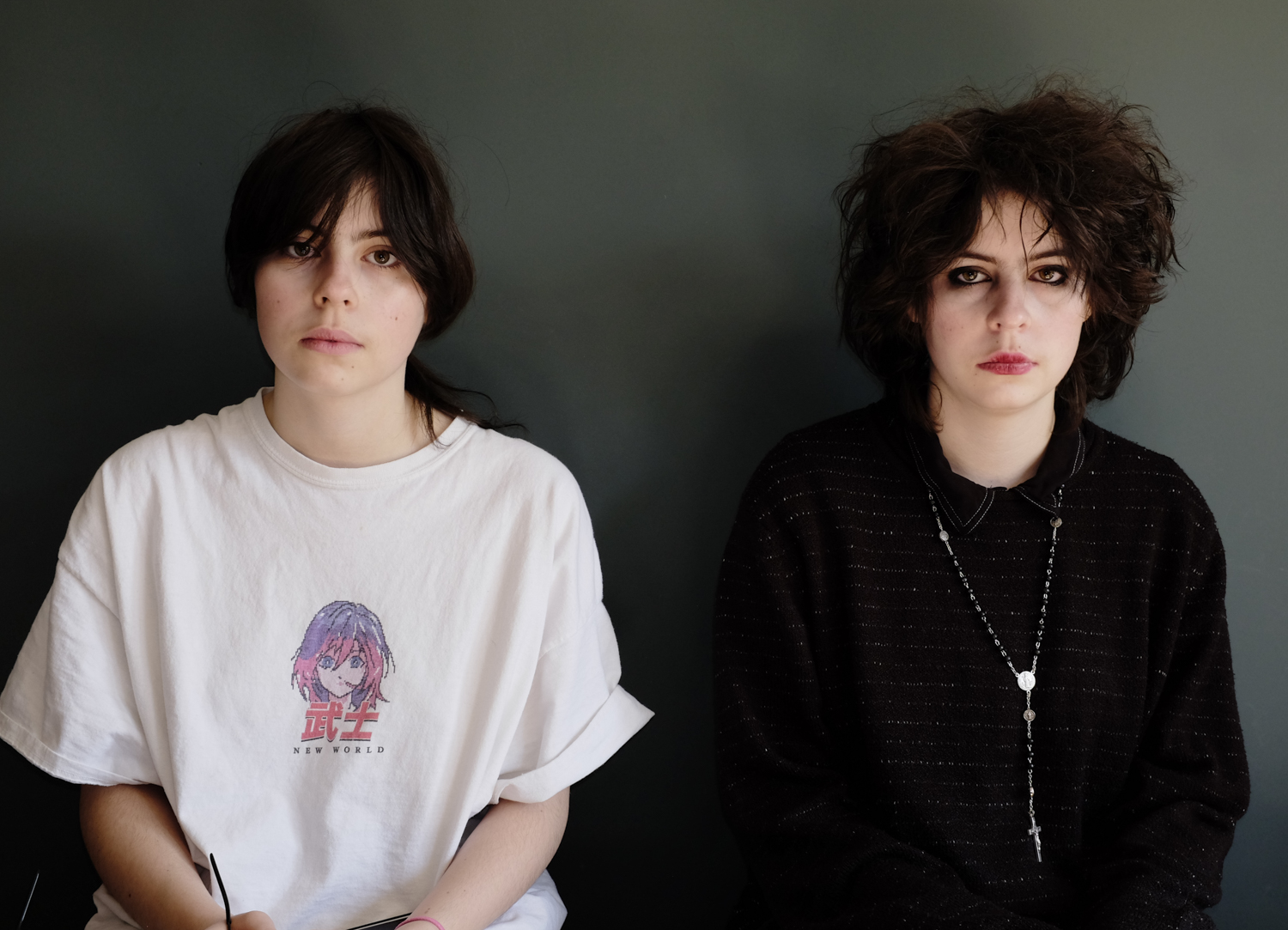
The meanings of photographs are never fixed-they are mutable, and rely on “a combination of the viewer’s sensitivity, knowledge and understanding, and the specific context in which the image is seen.” (https://www.photopedagogy.com/threshold-concept-7.html -accessed 6/04/2021).
In Terry Barrett’s essay ‘Photographs and Context’, he outlines three aspects of context that are vital and should be investigated before determining the meaning of a photograph, these include:
- Internal Context – The picture, it’s title (if available), date and maker.
- External Contact – The picture’s presentational environment.
- Original Context – That which was physically and psychologically present
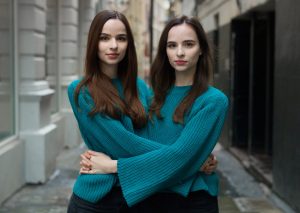
Twin Cliche
In terms of context, I see an intersection of the three types of information described by Barret at play here that give it a specific meaning. The internal context-the picture itself could be taken to represent a reality that this is Moss and Grace, but that only tells part of the story and intention. When internal and original contexts are taken together another part of the puzzle is added and the viewer can begin to see (consider?) it as a picture. In this case, it’s about identity and individualism rather than similarities- people often see twins as one, rather than two individuals while photographic studies often accentuate their similarities and resort to cliche. I want(ed) to avoid this.
- Internal Context – The picture, title=’Good days, Bad days’ , 03/04/2021, Andy OFarrell
- External Context – In this instance, it’s presented digitally within an exercise for an OCA photography course. I would however like to present this life-size on a transparent background. I would want the picture to confront the viewer.
- Original Context – With twins people often observe two people but see no one-they see them as an entity rather than two individuals. Moss and Grace are individuals with their own interests, tastes, and view on life. They are as close as any family siblings and laugh, argue, compete, and drive each other nuts in equal measure. Now in their teens, they cultivate, explore, and wear identities that are fluid and of the moment. As with life and each other, they have good days and bad days.
Reflection
This feels like the first time I’ve consciously used or considered context to create a picture. Everything from the title to the words and text has been considered and reflected upon to help convey meaning and intent. It took me an age to come up with the title and the information within the original context.


